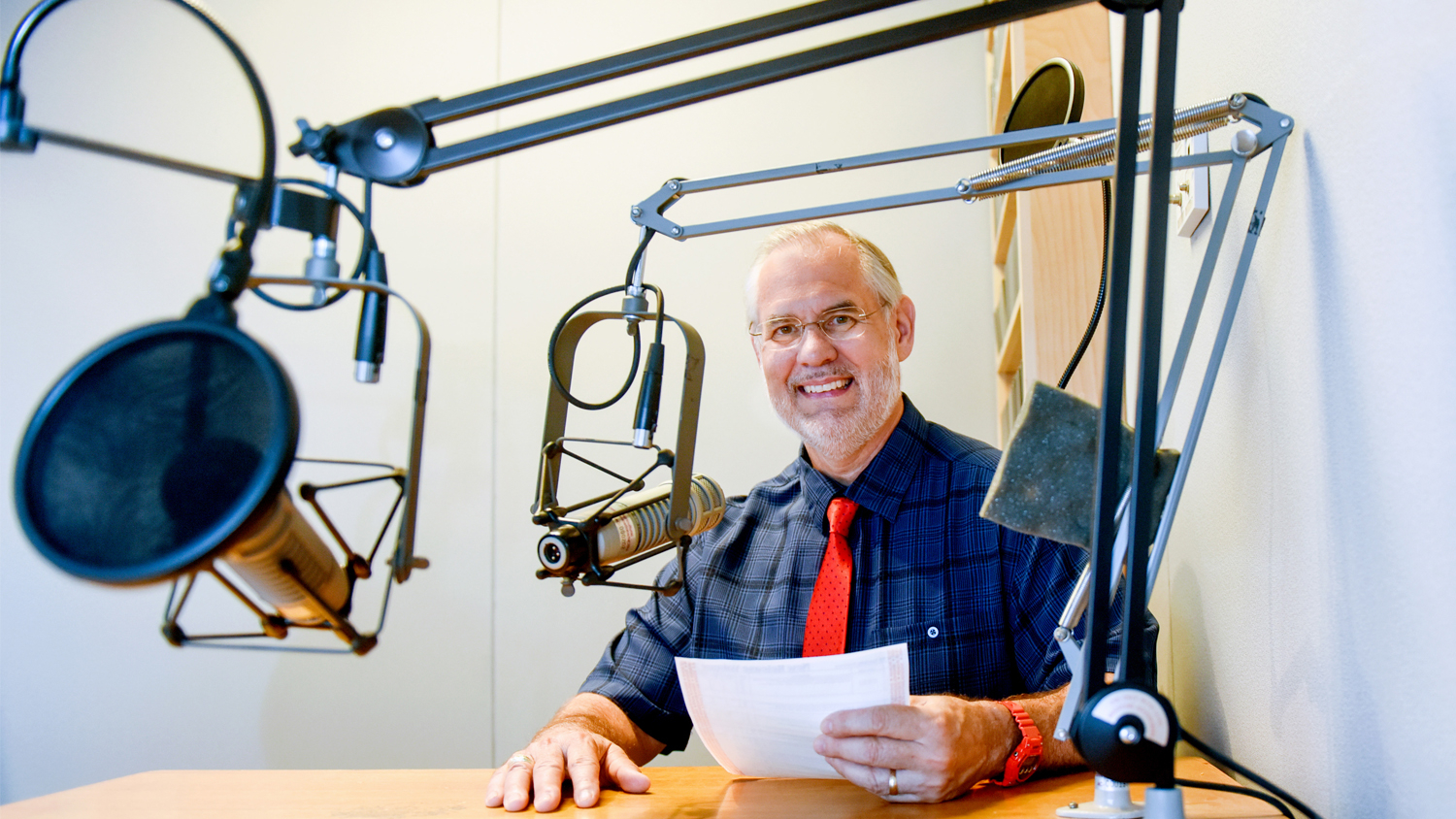You Decide: What Are The Issues In Today’s Tax Rate Debate?

By Dr. Mike Walden
Tax policy is always a controversial issue, and we’re about to have another round of debate over taxes. At the national level, there are proposals to increase a variety of tax rates. Here in North Carolina, the discussion is about the opposite idea – to reduce some tax rates. In today’s column I’ll focus on the North Carolina tax rate debate!
There are two reasons tax rate reductions are now being considered in North Carolina. First, thanks to the generous federal fiscal assistance during the pandemic, North Carolina is flush with money and tax revenues. Once completed, the federal money flowing to North Carolina will be fifteen times greater than the income lost from the COVID-19 induced recession. This will help boost the state’s General Fund revenues by billions of dollars above previous forecasts.
Some want to send part of these gains back to taxpayers. Others want more spending on a variety of programs. Yet there’s a potential problem with either big tax reductions or large spending increases. If the current gains in tax revenues are temporary, then making decisions based on short-term revenue spikes could lead to future problems when state revenues return to more normal levels. Alternatively, instead of permanent tax reductions or spending increases, one-time tax rebates or temporary salary bonuses or spending initiatives – like infrastructure – could be used.
The second reason for considering tax rate cuts is imbedded in a decade-long battle over the best way to use tax policy to stimulate North Carolina’s economy. One side argues tax rate cuts make North Carolina more attractive to business investment and job creation, thereby increasing the “economic pie”. Some supporters of tax rate cuts think the economic pie could be enlarged so much as to produce more tax revenues than before the rate cuts. The opposing side wants to keep current tax rates and spend more on education, job training and other related public programs. This viewpoint argues these initiatives generate economic growth in the long run by making workers more productive and valuable to businesses.
The idea of using tax rate cuts to boost the economy follows an economic philosophy called “supply-side economics”. While popularized in the 1980s, supply-side economics is not a new idea. In fact, it’s part of the very simple economic principle of incentives. If you want more of something, increase the incentive for providing it. In this case, if you want more economic production (“supply”), then increase the incentive for businesses and workers to make more. By reducing tax rates, companies and workers keep more of what they earn, thereby increasing their motivation to increase production.
One of the crucial issues in supply-side economics is whether more tax revenue is collected after the rate cut than before the cut. If the answer is “yes”, then it’s like – as my late mother used to say – “having your cake and eating it too.” As a simple example, say a 10 percent tax rate brings in $1 billion. If a cut to five percent collects $2 billion, then clearly both sides of the debate win. Those who want to stimulate the economy win, but those who want more funds for government programs also win.
This is why the tussle over tax rate cuts is, in part, an empirical issue where two questions need to be answered. First, do tax rate reductions boost the economy? Second, do tax rate cuts create even more tax revenue?
Several studies at the national level have addressed these questions, and the answers appear to be “yes” to the first question and “no” to the second. Tax rate cuts do result in more economic growth, at least temporarily. For example, after the 2017 federal tax rate reductions, economic growth jumped in 2018, but then in 2019 returned to growth rates existing prior to the rate cuts. Still, the additional production and jobs generated in 2018 weren’t lost. It’s just that the rate of increase in production and jobs slowed in 2019.
Regarding tax revenues, there’s a strong consensus in the national studies that tax rate reductions don’t produce more tax revenues; instead they lose tax revenues in total. However, there is some recovery due to faster economic growth. So, for example, say a tax rate is reduced from 10 percent to five percent. With no additional economic growth, tax revenues would fall by 50 percent. Based on the national studies, tax revenues would still fall, but by a rate closer to 30 percent.
Several years ago, I replicated the national studies for North Carolina. Interestingly, I found close to the same results for the state as other studies did for the nation. Lower tax rates – especially for the individual income tax and the sales tax – motivate more business activity; that is, the cuts grow the state economy. But total tax revenues fall, even after accounting for the revenues generated from new economic growth.
Both tax issues – whether we have too much tax revenues today due to the size of federal COVID help, and whether we need tax rate cuts to stimulate the economy – come down to the same question: how do we want spending to be split between the private sector and the public sector? Is spending best done by individuals, households and businesses, because they know what they want and value? Or is there spending that is needed and can only be done by the government?
I think most of us would agree that both types of spending are needed. The question is, where do we draw the line between private and public spending? That’s a big, big you decide!
Walden is a William Neal Reynolds Distinguished Professor Emeritus at North Carolina State University.
- Categories:


